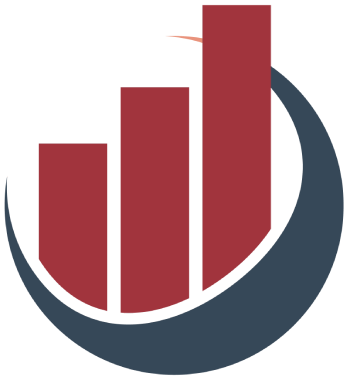When running a small business, various aspects vie for your attention, from marketing and product development to customer service. In such a bustling environment, it’s easy to overlook one of the most critical components of your financial health: working capital optimization. Many entrepreneurs fail to realize that enhancing their working capital can be the very difference between thriving and survival. In today’s fast-paced market, where supply chain complexities abound and the competition is fierce, efficiently managing your short-term assets and liabilities is no longer optional; it’s essential.
Working capital optimization entails managing the liquidity of your business effectively. It’s not merely about having cash on hand; it involves striking a perfect balance so that you can smoothly cover daily operations without getting ensnared in excessive debt or tying up funds in unproductive assets. By optimizing your working capital, you can free up cash that can be redirected towards growth initiatives or cushion against unforeseen challenges.
Understanding the Working Capital Cycle
At the heart of working capital management lies the working capital cycle—a key financial strategy that measures how efficiently a business converts its resources into cash. This cycle considers several critical components, including Days Sales Outstanding (DSO), Days Inventory Outstanding (DIO), and Days Payable Outstanding (DPO). Together, these metrics provide valuable insights into the timing of cash inflows and outflows, allowing businesses to identify areas needing improvement.
To put it plainly, a company with a shorter working capital cycle is indicating that it is more efficient at managing its resources. This efficiency can lead to greater liquidity and sustainability, setting the stage for long-term success. Small business owners must become adept at analyzing and leveraging their working capital cycle effectively by understanding how each component influences their overall cash flow.
Strategies to Enhance Working Capital
Navigating the complex terrain of working capital requires strategic thinking and disciplined execution. Here are several pivotal areas to focus on:
1. Optimize Accounts Receivable: One of the most effective ways to improve cash flow is by streamlining your accounts receivable process. Initiatives like offering early payment discounts can incentivize prompt payments from customers. Additionally, implementing efficient invoicing systems that ensure accuracy and speed can drastically reduce the time between sales and cash collection.
2. Manage Accounts Payable Wisely: On the flip side, it’s crucial to maintain strong relationships with suppliers while also strategically managing your payables. While paying your suppliers on time safeguards these relationships, look for ways to negotiate more favorable terms or delay payments without jeopardizing your standing. For example, utilizing the full length of payment terms allows cash to remain in-house longer.
3. Optimize Inventory Levels: Effective inventory management is an art that can significantly impact your capital position. Holding too much inventory can tie up funds, whereas too little can result in missed sales opportunities. Techniques such as Just-In-Time (JIT) inventory can help you reduce holding costs and increase liquidity, thereby enhancing your working capital situation.
4. Foster Continuous Monitoring and Adjustment: Working capital optimization is not a “set it and forget it” endeavor. It requires continuous monitoring and fine-tuning to adapt to changing market conditions and operational needs. Employing robust forecasting tools and analytics can help you anticipate cash flow trends and adjust your strategy accordingly.
Key Performance Indicators: The Building Blocks of Success
To gain a deeper understanding of your working capital, it’s essential to familiarize yourself with certain key performance indicators (KPIs). DSO, DIO, and DPO represent critical metrics that measure your company’s effectiveness in managing cash flow.
– Days Sales Outstanding (DSO) tells you how quickly you can convert sales into cash, indicating the efficiency of your collections process.
– Days Payable Outstanding (DPO) provides insight into how effectively you manage your obligations towards suppliers, balancing timely payments with cash retention.
– Days Inventory Outstanding (DIO) reveals how well you manage your inventory, a critical factor in optimizing your cash flow.
Effectively analyzing these KPIs can provide actionable insights that lead to disciplined management of working capital.
The Psychological Aspects of Financial Management
An often-overlooked aspect of working capital management is the psychological factor at play within finance teams. Many might default to paying invoices quickly to maintain peace with suppliers, but neglecting collections can be detrimental. It is vital to promote a culture within your finance team that prioritizes collecting revenue as actively as paying bills. A harmonious balance contributes significantly to a healthier working capital position.
As a small business owner, don’t underestimate the power of prioritizing effective cash flow management. Don’t just settle for the status quo; actively seek to understand the complete picture of your business’s cash inflows and outflows. By sharpening your strategies surrounding working capital optimization, you position yourself not just for survival, but for sustainable growth and success in an ever-evolving competitive landscape.


Leave a Reply